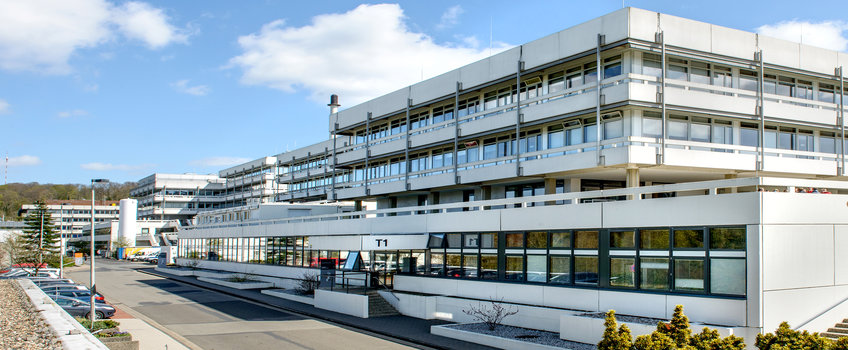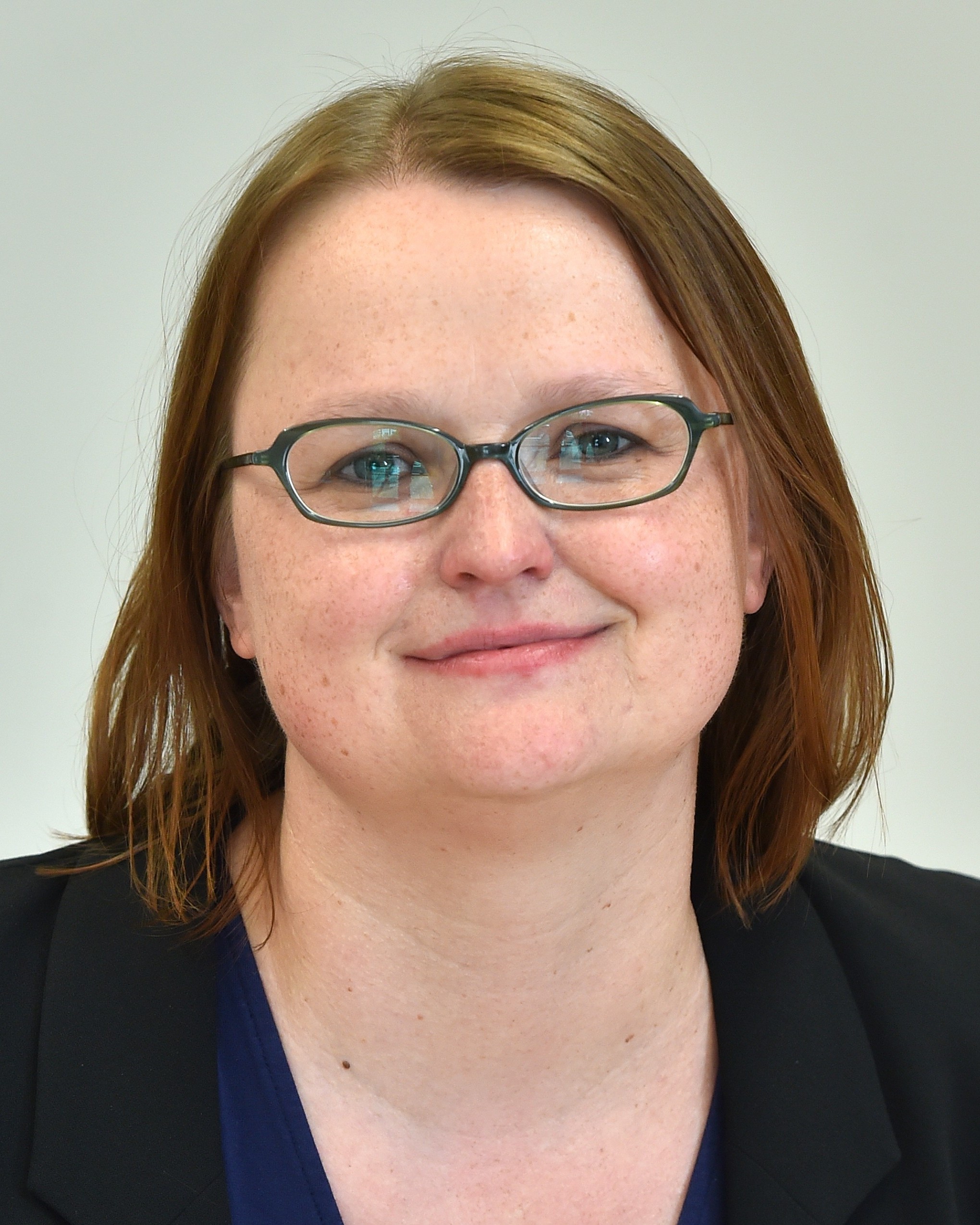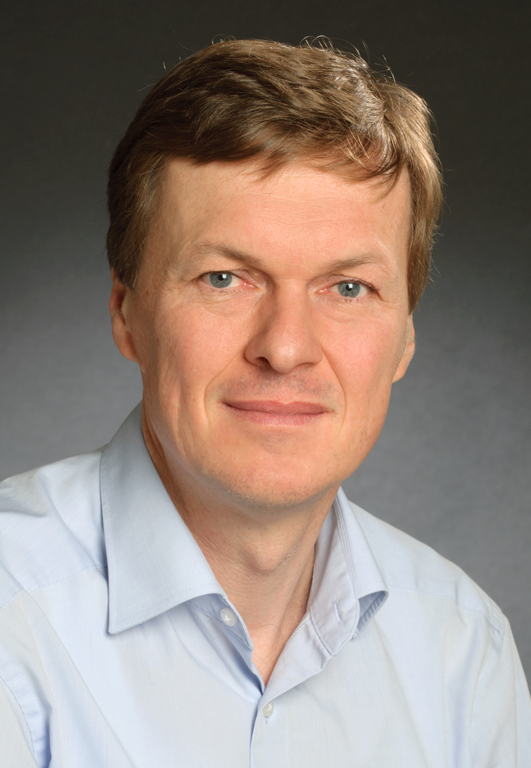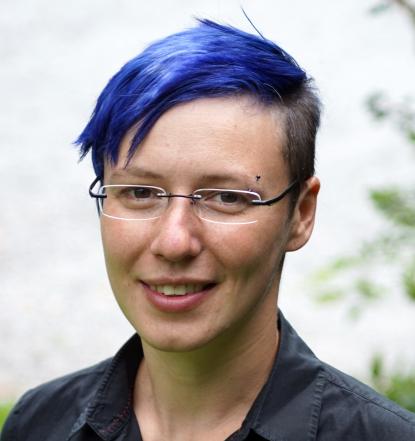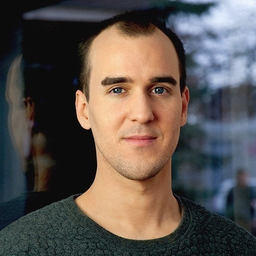event
When
Third Infinity 2020 will take place from February 24. - 26. 2020. Registration and abstract submission are open from November 15 to December 20 this year.
place
Where
The venue is the Max Planck Institute for biophysical Chemistry in Göttingen. Talks will be held in the Manfred Eigen Lecture Hall.
schedule
Register
Register and submit your contribution with Title and Abstract soon! Slots are limited and will be distributed on a first come first serve basis.
language
International & Interdisciplinary
Third Infinity aims to provide an interdisciplinary platform for motivated researchers across the globe to exchange and foster scientific research concerning the Physics of Biological and Complex Systems.
device_hub
Theory-Simulation-Experiment
The Physics of Biological and Complex Systems passionately represents a rare combination of theory, simulations and experiments spanning the fields of life sciences, physics, and chemistry.
flash_on
Cutting Edge Research
Third Infinity focuses to expose its participants to cutting-edge advancements in their fields through invited talks given by elite speakers and active, person to person interactions.
group
People Focused
Meet other researchers at eye level. The Third Infinity aims at early career researchers and PhD students working in the field.
event_seatevent_seatevent_seat
Panel Discussion
Join a panel discussion with experts from research, industry and publishing to get updates on the future of doctoral education.
money_off
Low Barrier
Third Infinity also looks forward to ardent students to present and report their recent findings and developments through student talks and poster sessions.
Why third infinity?

Research in physics advances in three broad domains: The first and foremost, astronomy and relativity, concerning the infinitely big; quantum mechanics and particle physics, dealing with the infinitely small; and the domain of the infinitely complex encompassing the Physics of Biological and Complex Systems (PBCS). Third Infinity focuses on the third infinite domain of science inspired by the well-known chaotic double pendulum problem to understand life processes at a quantitative and molecular level.
Program
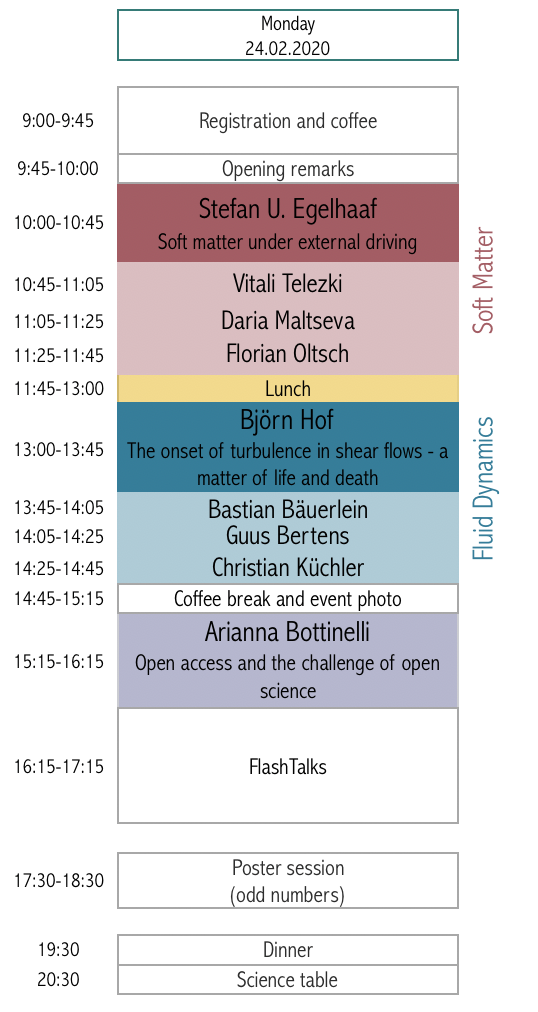
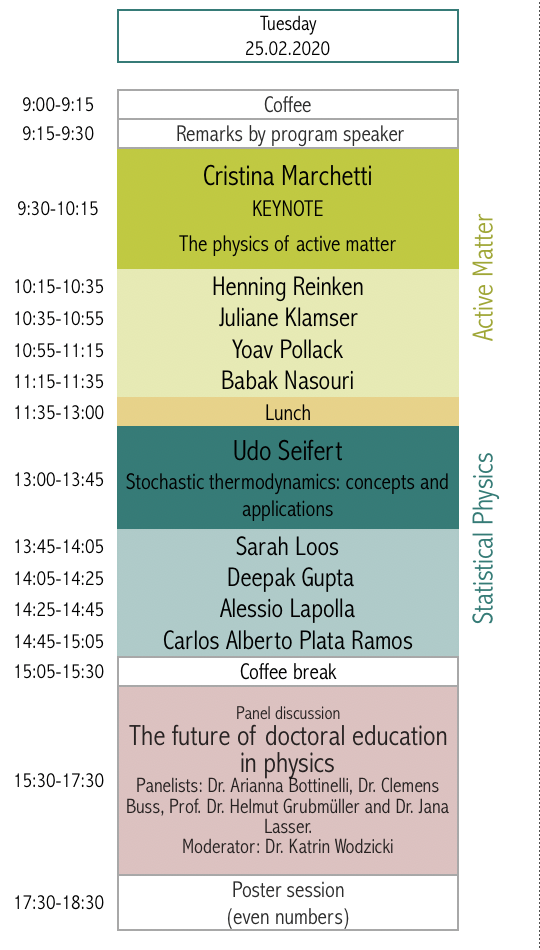
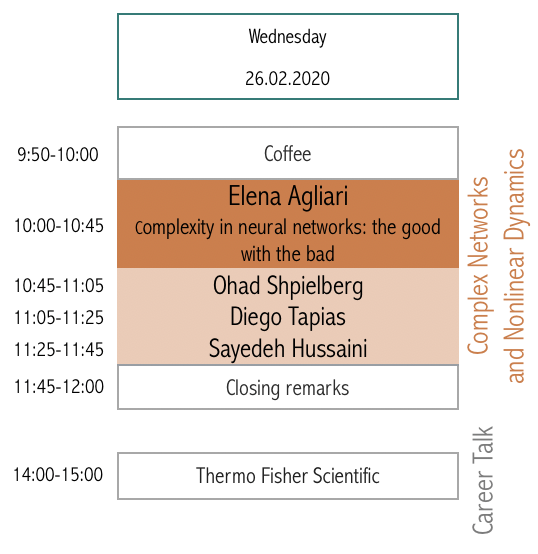
Invited Speakers
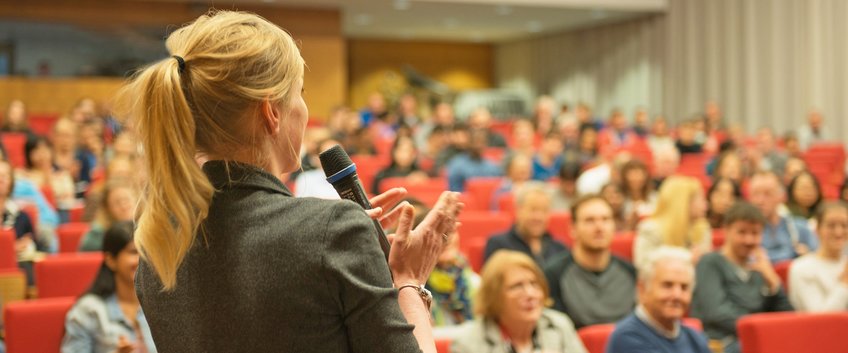
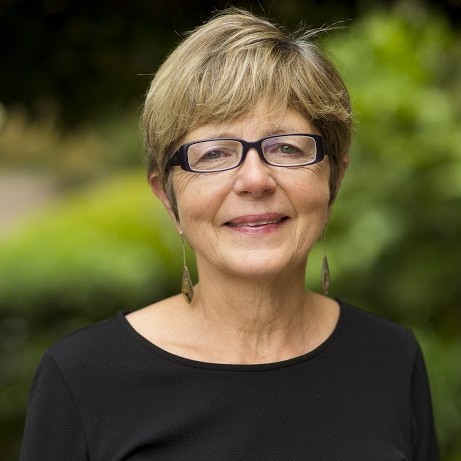
UC Santa Barbara
Keynote Active Matter
Assemblies of interacting self-driven entities form soft active materials with intriguing collective behavior and mechanical properties. Examples abound in nature on many scales, from the flocking of birds to cell migration in morphogenesis. They also include synthetic systems, from engineered microswimmers to self-catalytic colloids and autonomously propelled liquid crystals. What unifies these systems is that they are driven out of equilibrium by dissipative processes that act on each individual particle, hence break the time reversal symmetry of the dynamics at the microscale. This results in surprising behavior. For instance, active fluids flow with no externally applied driving forces, active gases do not fill their container, and active particles spontaneously organize when passive ones would not. In this talk I will discuss the physics of active matter with examples from both the living and non-living worlds. I will show that by combining minimal physical models with continuum theory and simulations we are making advances towards capturing quantitatively the laws of spontaneous organization of active systems. This theoretical progress has implication for both formulating design principles for new smart materials and understanding cellular and multicellular organization.
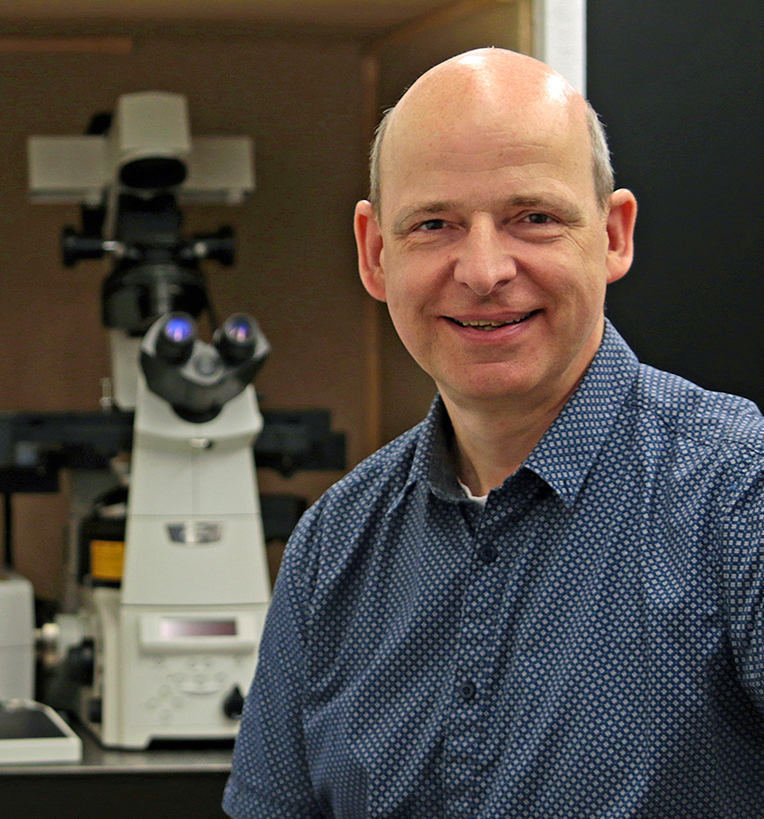
Heinrich-Heine-Universität Düsseldorf
Soft Matter
Soft matter is very susceptible to external stimuli, as ‘soft’ suggests. Already small forces or modest potentials can significantly affect the behaviour of soft matter. I will start by explaining how this is related to the infinities and how this especially affects the third infinity. Then, this characteristic behaviour will be illustrated with two examples. In both cases, we apply external stimuli and observe the response on all relevant length scales using conventional and confocal microscopy. First, the effects of mechanical deformation (shear) on the structure and dynamics of colloidal hard spheres is investigated. Second, an external potential is imposed on the colloids by exposing them to an extended modulated light field. In particular the effect of the potential on the particle dynamics is quantitatively and systematically studied.
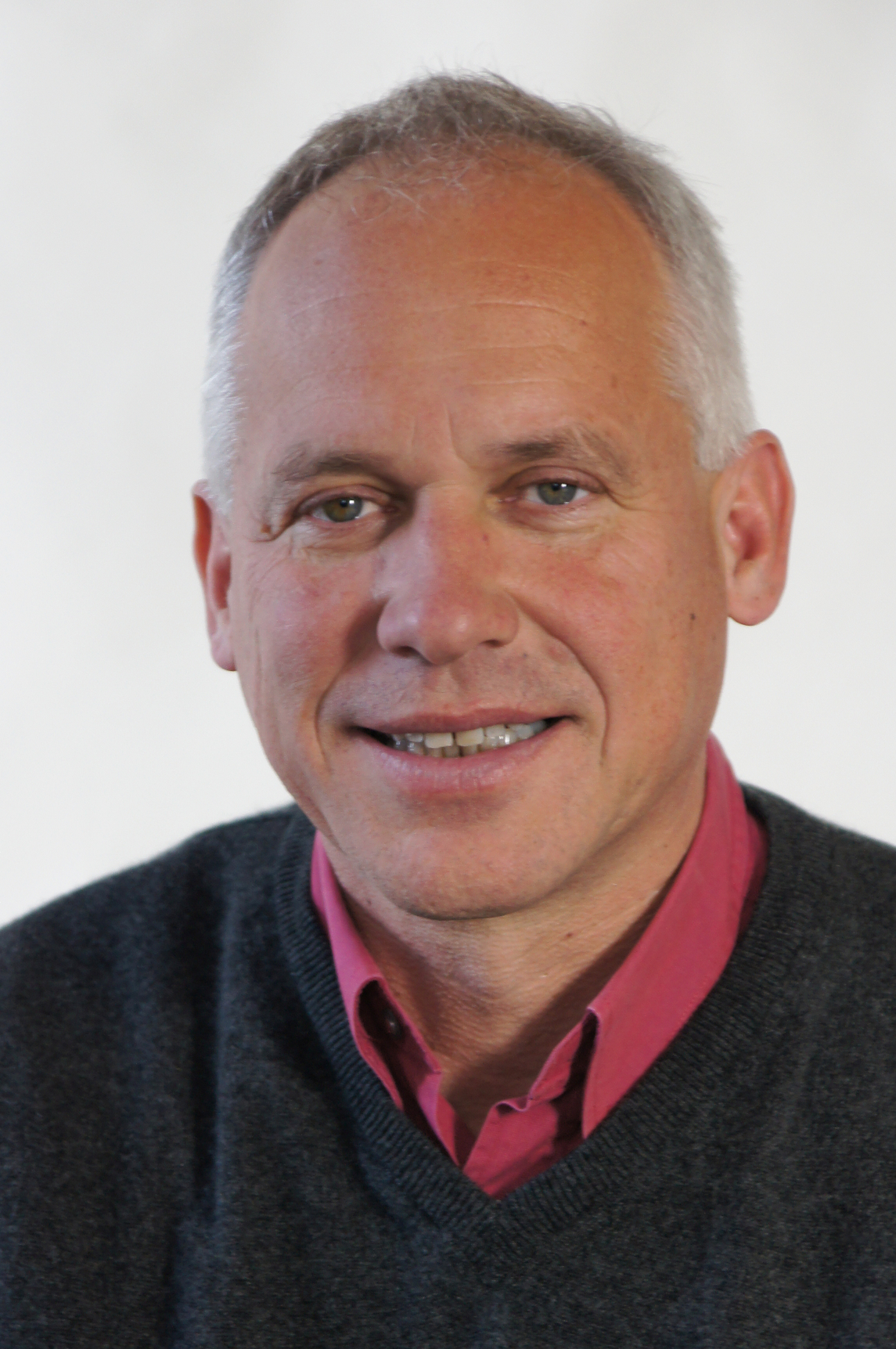
Universität Stuttgart
Statistical Physics
For the macroscopic world, classical thermodynamics formulates the laws governing the transformation of various forms of energy into each other. Stochastic thermodynamics extends these concepts to micro- and nano-systems embedded or coupled to a heat bath where fluctuations play a dominant role. Examples are colloidal particles in time-dependent laser traps, single biomolecules manipulated by optical tweezers or AFM tips, and transport through quantum dots. For these systems, exact non-equilibrium relations like the Jarzynski relation, fluctuation theorems and, most recently, a thermodynamic uncertainty relation have been discovered. First, I will introduce the main principles and show a few representative experimental applications. In the second part, I will discuss the universal trade-off between the thermodynamic cost and the precision of any biomolecular, or, more generally, of any stationary non-equilibrium process. By applying this thermodynamic uncertainty relation to molecular motors, I will introduce the emerging field of "thermodynamic inference" where relations from stochastic thermodynamics are used to infer otherwise yet inaccessible properties of nano-scale systems. I will close with recent insights into the minimal requirements for creating coherent oscillations at finite temperature.
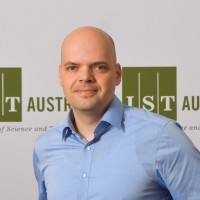
IST Austria
Fluid Dynamics
Past studies of the transition to turbulence in pipes and related shear flows could neither predict the respective critical points for the onset of turbulence nor the nature of this transition. The main difficulty is that in this class of flows turbulence arises despite the linear stability of the laminar flow and that it results from perturbations of finite amplitude. I will show that under such circumstances the transition is driven by a stochastic spreading process: each turbulent spot will eventually die but it may produce offspring beforehand. This setting precisely corresponds to the rules of a stochastic process called ‘directed percolation’. By introducing periodic boundary conditions in laboratory experiments we demonstrate for Couette and pipe flow that the transition to turbulence indeed falls into the directed percolation universality class. In particular I will also show that insights into the transition process can be exploited to control turbulence.
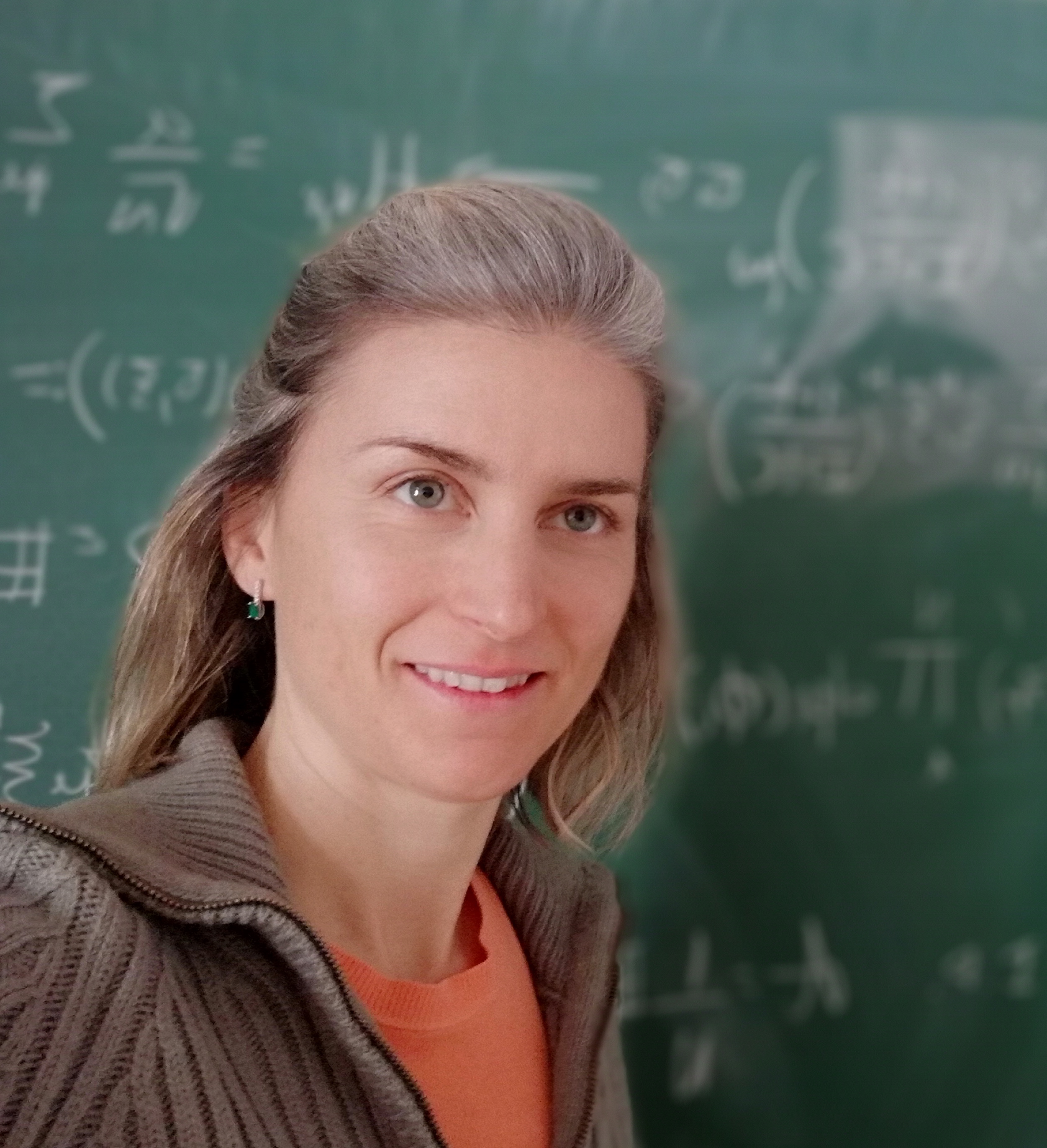
Sapienza University of Rome
Complex Networks
In the first part of the seminar I will describe neural networks from a statistical-mechanics perspective. Focusing on networks trained for retrieval tasks, I will discuss their complexity and show how it is related to network’s performance: on the one hand, complexity is a desirable feature as it (potentially) increases the amount of information stored in the network, on the other hand, beyond a critical threshold, it dramatically impairs retrieval. Finally, I will introduce an algorithm for information storage, inspired by neurophysiological mechanisms occurring during mammal’s sleep, which yields to an “optimal complexity”.
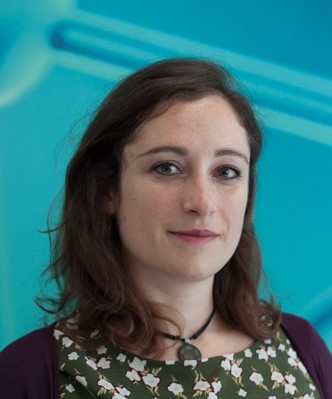
Springer Nature
Associate Editor
Open Access, and more generally Open Science, has been the subject of intensive debates over the past 20 years, providing a new and libre way of publishing, disseminating, and accessing research. In this talk, I will discuss Open Science and Open Access publishing within the physical sciences. I will draw from the Nature Research portfolio of journals, including Communications Physics, and introduce some of the measures supporting Open Science.
Panel Discussion
The future of doctoral education
This panel discussion will examine whether current doctoral programs in natural science in general
and physics in particular fit to current needs of both finding talents for academia and preparing
for the diversification of career paths after the Ph.D. While the existing structured programs have
rather been designed to prepare for careers in academia, they might not fully meet the needs of all
Ph.D. students given the increasing numbers of Ph.D. students who are striving for very different
types of career paths outside of academia. So how well do those programs prepare for different career
paths? What is nowadays expected in academia, and how does this differ from expectations in other
sectors? Could and should programs be changed to prepare for different career paths as well?
The discussion will further have a closer look at the changes within the academic career path.
What started off as an independent research project closely supervised by one established scientist
resulting in a monograph has morphed into a more structured program in a larger group of Ph.D. students
supervised by a Thesis Advisory Committee and resulting in journal publications. How does this development
affect the quality of research output and the lives of Ph.D. students? Does supervision by a principal
investigator and a Thesis Advisory Committee support their career development better?
The strong focus on publications and discussion on evaluation of individual publication records raises
additional questions: How do publications help us in differentiating good science from great science?
Alternatively, good scientists from great scientists? Speaking about the selection of great scientists:
Despite years of efforts to address the gender gap, it persists. What are the reasons behind this gap?
What do we need to change to keep the great female scientists in academia?
Finally, the Ph.D. phase is quite challenging. Long working hours, high expectations, competition, and
many different duties demand high engagement. Difficulties to maintain a healthy work-life balance
unfortunately has become common among Ph.D. candidates. How to stand up for your rights under these
conditions without risking a good relationship with your supervisor and colleagues? And how could Ph.D.
programs contribute here?
Career Talks Session
During the last day of the conference, there will be career talks
by representatives from Thermo Fisher Scientific and Norddeutsche
Landesbank. The talks will focus on opportunities for Ph.D.
graduates in the industry. Representatives from these companies
will be present in the Foyer of the conference venue the whole
day for consultations.
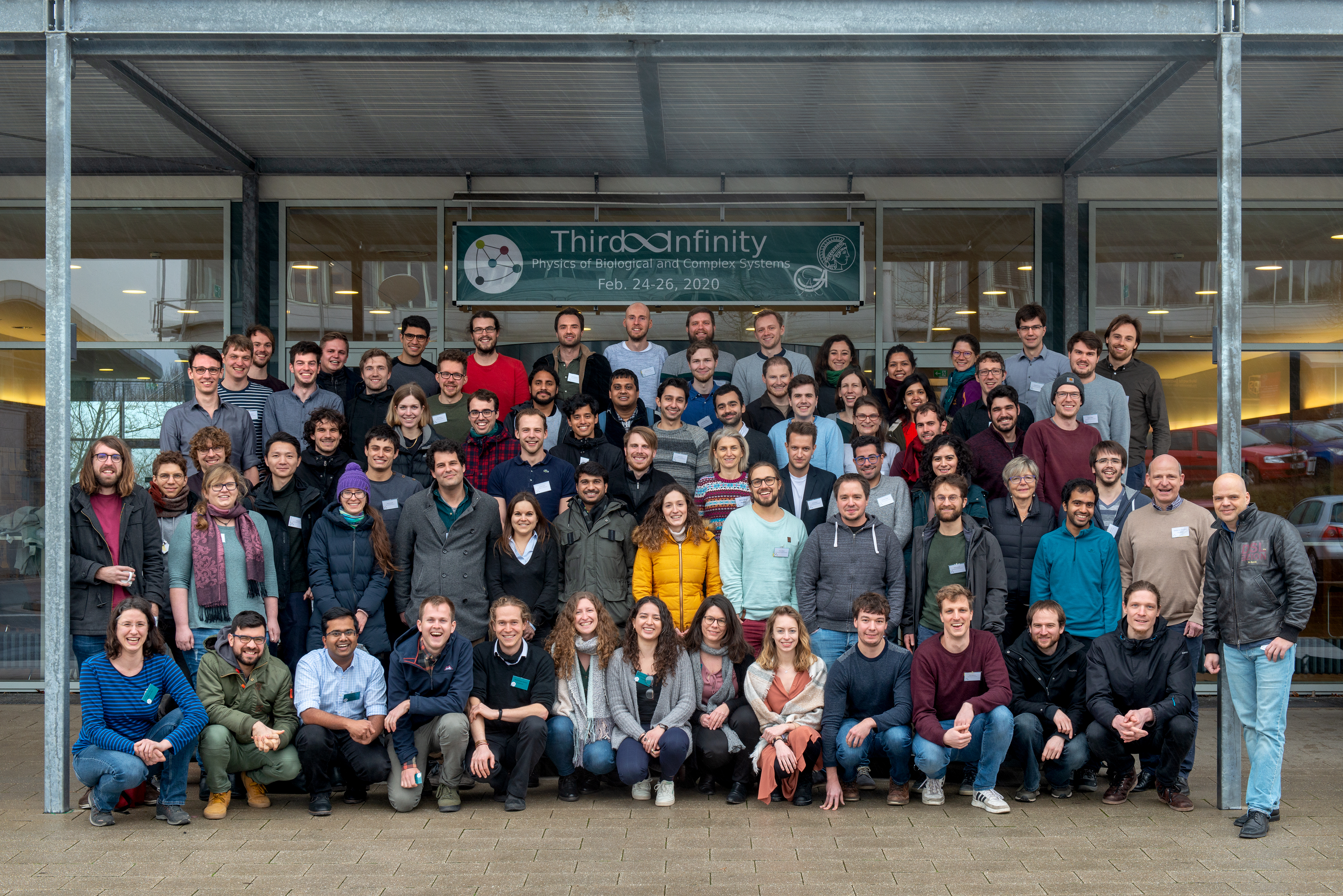
Göttingen
A university with a city
The city of Göttingen, located in the middle of Germany and founded in the 10th century, is one of the oldest academic towns in the world. Housing the prestigious Georg-August Universität and five different Max Planck Institutes, plus several other research institutions, Göttingen offers a unique venue for a conference in the field of Biophysics and Complex Systems.
directions_bike
Rental Bike
Göttingen is a pioneering city in respect of bicyle friendlyness. Give it a try.
directions_bus
City Bus
Closest bus stop is Faßberg Served by GOEVB Bus 23 to Faßberg Bus 21 and 22 to Nikolausberg
directions_car
Car
Alongside the A7 (Hannover-Kassel) Exit Göttingen-Nord then follow B27 to Nikolausberg
airplanemode_active
Airplane
Hanover Airport (HAJ) ~ 1.2 hrs by ICE
Frankfurt Airport (FRA) ~ 2.5 hrs by ICE
directions_bus
Long Distance Bus
A low cost alternative to the High Speed Train is a long distance bus. (e.g. Flixbus).
Organizers Third Infinity 2020

- Venecia Chavez Medina
- Aina Gallemí Pérez
- Martin James
- Kristian Blom
- Maximilian Vossel
